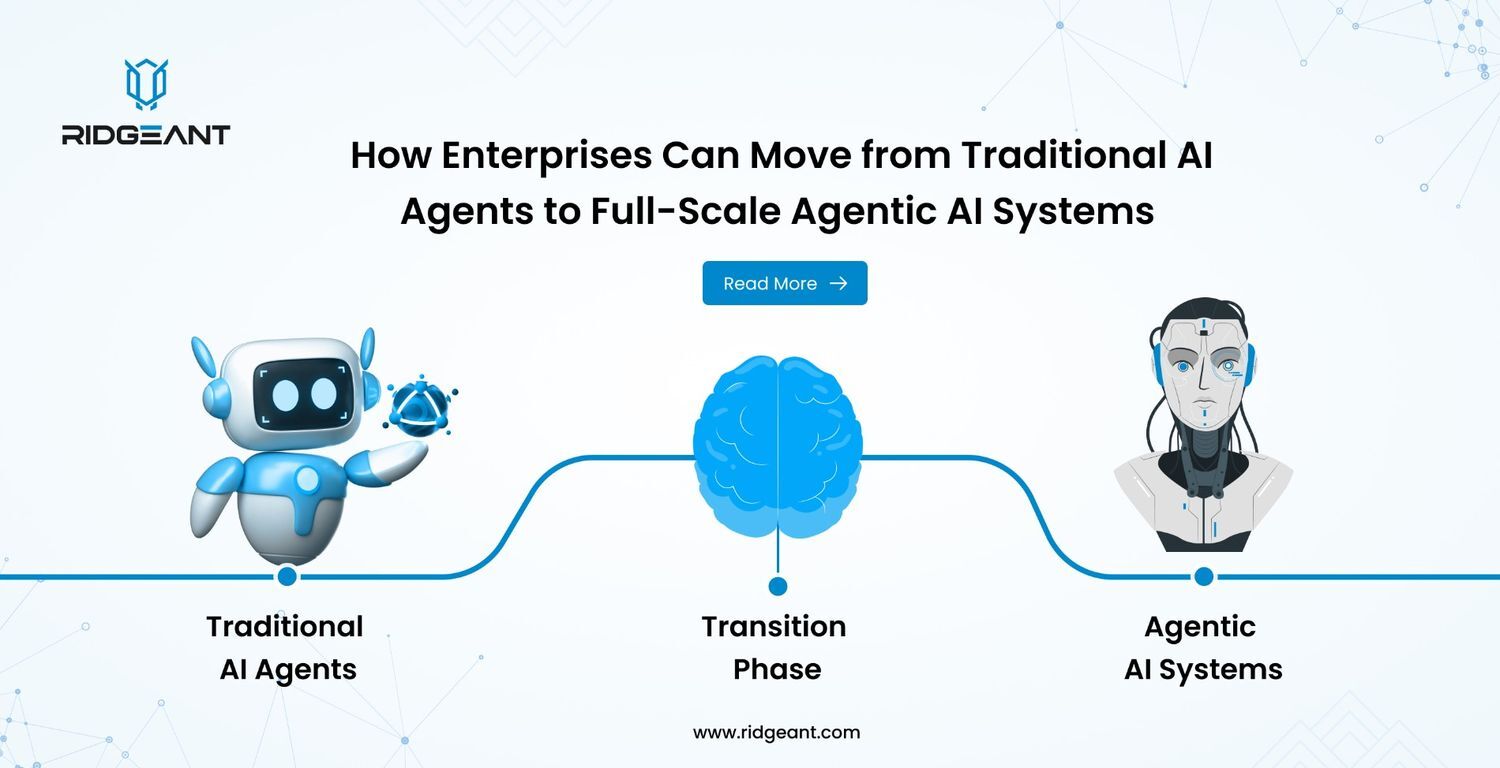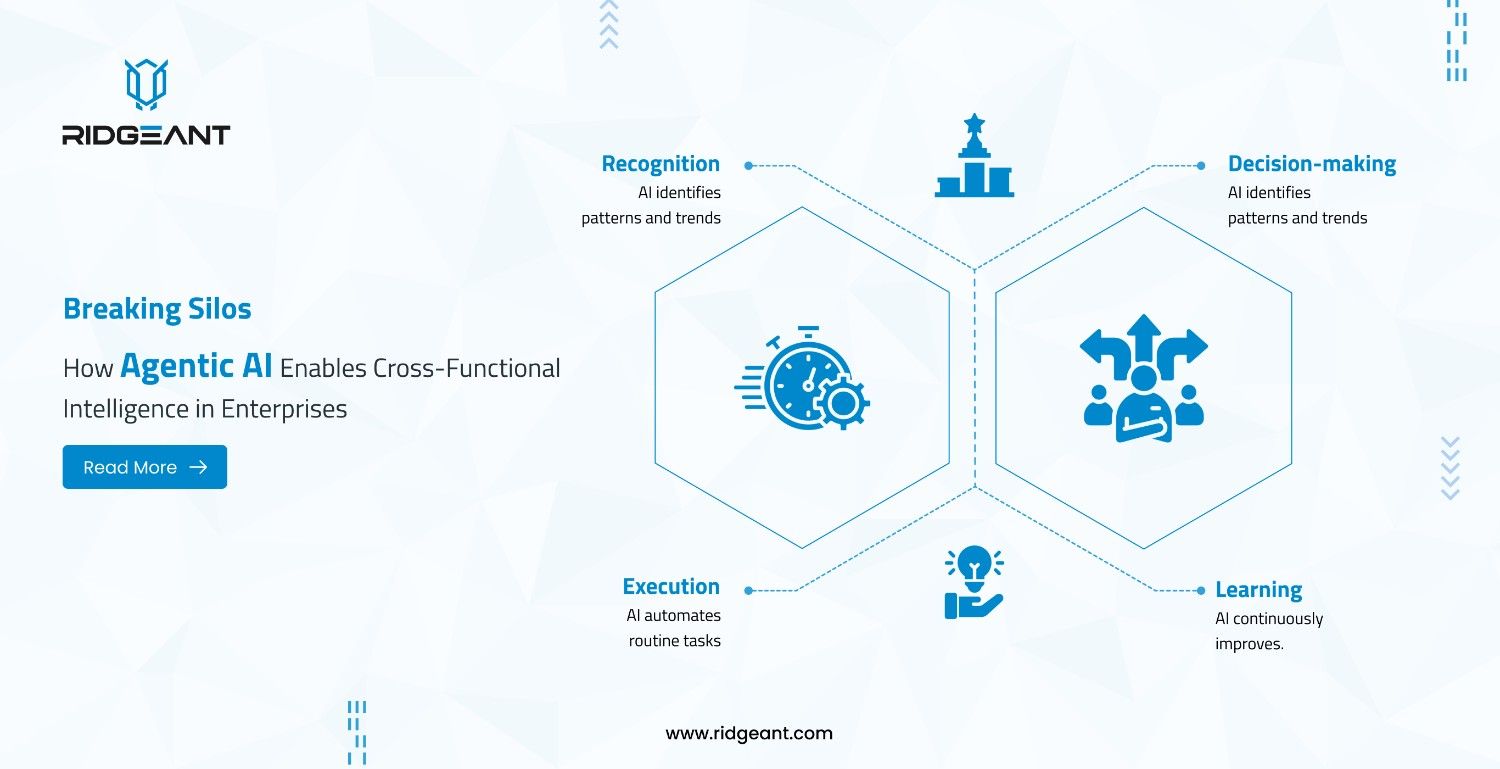
DataOps is a process-driven, automated technique that analytic and data teams may use to increase the quality of their data analyses while lowering cycle time. It began as a collection of methodologies that grew into a stand-alone data analytics strategy over time, with the integration of software development and IT operations to improve operational speed, quality, and predictability. DataOps aims to improve data analytics in general by using DevOps approaches.
DataOps integrates the way your business manages your data with your data goals (with some overlap with data governance). It lowers churn rates and uses customer data to create a recommendation engine that suggests things that consumers would like, making them more inclined to buy.
Benefits of DataOps
Enhanced Operational Effectiveness
DataOps is related to operational effectiveness. These enhancements are tied to security and transformation, not just agility. Companies that have implemented DataOps believe that it has a beneficial influence on their business. While increased agility and efficiency are clear advantages of DataOps, compliance and safety remain the top priorities and benefits.
Enhanced Tech Evolution
Companies that have adopted DataOps are more evolved and in a much better position than their competitors when it comes to shifting to the cloud and managing digital transformation activities.
Massive Investment spurring Growth
Early DataOps adopters get so many advantages that they’re doubling down on their investments in services, as well as in-process and organizational reforms. The results of the survey support the belief that, while DataOps is still a relatively obscure phrase, it will have a rising influence on markets in the future.
Principles of DataOps
DataOps began as a collection of separate practices that evolved into the DataOps Manifesto. The following are some of the core principles of the DataOps:
- Assist customers regularly: The top objective is to assist customers with a timely and consistent supply of critical analytic insights.
- Change to meet customer wants: Adapting to changing customer needs gives you a competitive advantage.
- Interactivity: Customers, analytic teams, and operations collaborate on all initiatives frequently.
- Teamwork: Analytic teams have a wide range of responsibilities, skills, and tools that must all work together.
- Reflection: Analytic teams improve their operational performance by self-reflecting regularly based on client feedback and operational statistics.
- Reduced heroics: As the need for analytic insights grows, analytic teams attempt to decrease heroics and develop sustainable, scalable data analytic procedures.
- Code is analytics: Analytical teams employ a variety of technologies to obtain, integrate, and show data. Each of these programs generates codes and parameters that specify how data is processed to provide information.
- Orchestration: A primary driver of success is the comprehensive orchestration of data with tools, code, and environments, as well as the activity of the analytic team.
- Reproducibility: Because reproducible outcomes are critical, everything must be versioned. Every tool in the chain has its data, low-level hardware or software setups, code, and configuration.
- Disposable environments: Giving analytic team members easy-to-create, isolated, and disposable technical settings that mimic their production environment reduces the cost of experimenting.
- Simplicity: Maintaining a constant focus on technical excellence and good design improves agility. The importance of simplicity cannot be overstated.
- Analytics is manufacturing: Analytic lines and chains are similar to manufacturing lines in terms of functionality. DataOps is a concept that emphasizes process-thinking to achieve efficiency in the production of analytic insight.
- Monitoring of quality and performance: Performance and quality metrics must be monitored at all times to discover unusual fluctuations and provide operational data.
DataOps Platform and Framework
Platform
DataOps is more than a technological platform; it’s a methodology that brings together a variety of data technologies and behaviors into a single integrated ecosystem. All data may move freely via this system, from data sources through data refinement and storage to data consumption, resulting in a favorable impact on corporate investments. The following are some of the platform’s most important features:
- BMC Control-M is a digital business automation solution that simplifies a wide range of batch application workloads.
- Apache Oozie is an open-source workflow management solution for distributed storage and processing of big data.
- DBT (Data Built Tool) is a command-line utility that helps data analysts transform data more efficiently.
Framework
The DataOps architecture contains five key components, ranging from technology to cultural shifts.
- The first component is about enabling technologies, such as IT automation, data management tools, artificial intelligence (AI), machine learning (ML), and intelligent automation
- The second component is an adaptable architecture that allows constant technological, service, and process innovation.
- The third component improves data by placing it in a context that allows for appropriate analysis. The system produces intelligent metadata during intake, which saves time later in the data flow.
- The fourth component, DataOps is used to create and deploy analytics and data pipelines after data governance and management.
- The fifth and final component is Culture and people, the most essential and difficult component of a DataOps system. A collaborative culture between IT and cloud operations, data architects, and data consumers are required to unleash the full potential of DataOps.
Implementation of DataOps
DataOps can be implemented in a variety of ways. There are a few crucial aspects to focus on, including:
Data democratization: This is the process of making digital information accessible to non-technical users of information systems without involving IT. It’s the cornerstone of self-service analytics, a technique that enables non-technical users (such as line-of-business) to acquire and analyze data without the assistance of a data steward, system administrator, or IT. Businesses can avoid the pitfalls of the past by embracing data democratization best practices.
Taking use of platforms and open source software: DataOps principles necessitate a data science platform that supports Python, R, data science notebooks, and GitHub easily.
Automation: For quality assurance testing or data analytics pipeline monitoring, it’s critical to automate tasks that require a lot of human work.
Microservices provide self-sufficiency: Giving data scientists the flexibility to deploy models allows them to incorporate that code where it is required without reworking, resulting in increased productivity.
Collaboration: This is essential when it comes to adopting DataOps. The tools and platforms you select as part of your DataOps journey should aid in bringing teams together to utilize data efficiently.
Summary
DataOps simplifies team cooperation and depends on a modern paradigm. It requires collaboration throughout the organization, from IT to experts to data consumers. In other words, whereas DevOps improves IT efficiency, DataOps improves overall corporate efficiency.
Although it is a complicated procedure, DataOps has production deployment and data pipelines to conduct the data flow from its conception to its implementation which affects the entire organization.
DataOps has the potential to transform how companies evaluate and handle data gathered during routine DevOps activities. DataOps has the potential to alter the whole software development cycle and data analytics processes by focusing a strong emphasis on company objectives and mission statements.














